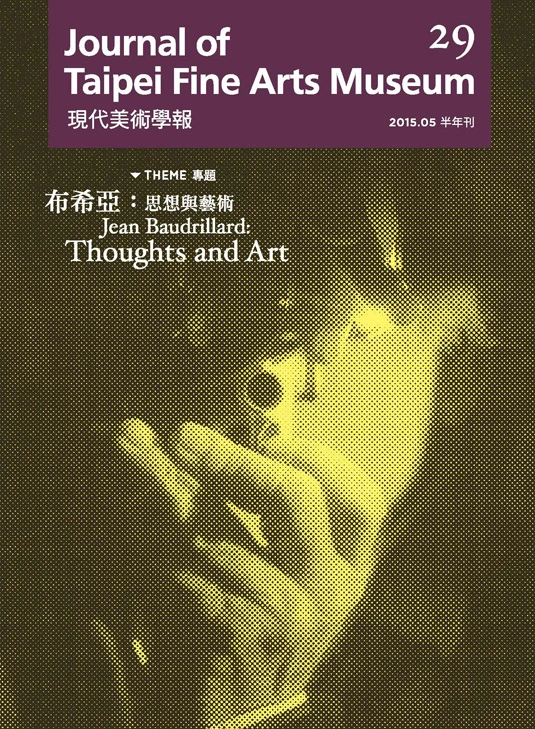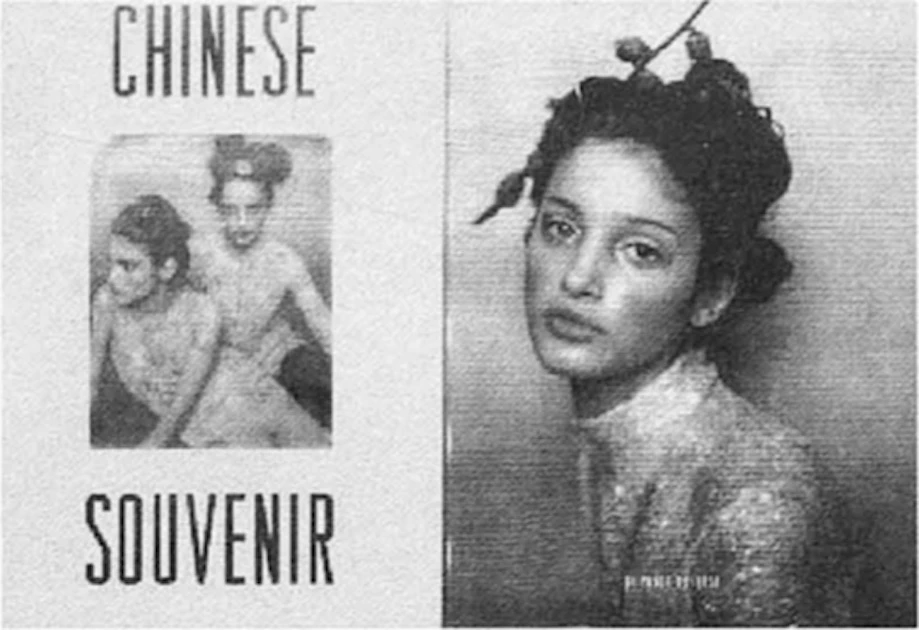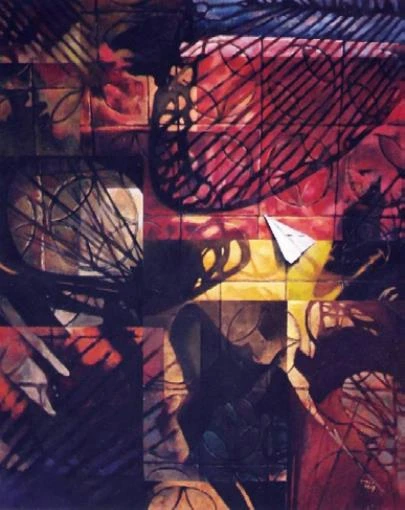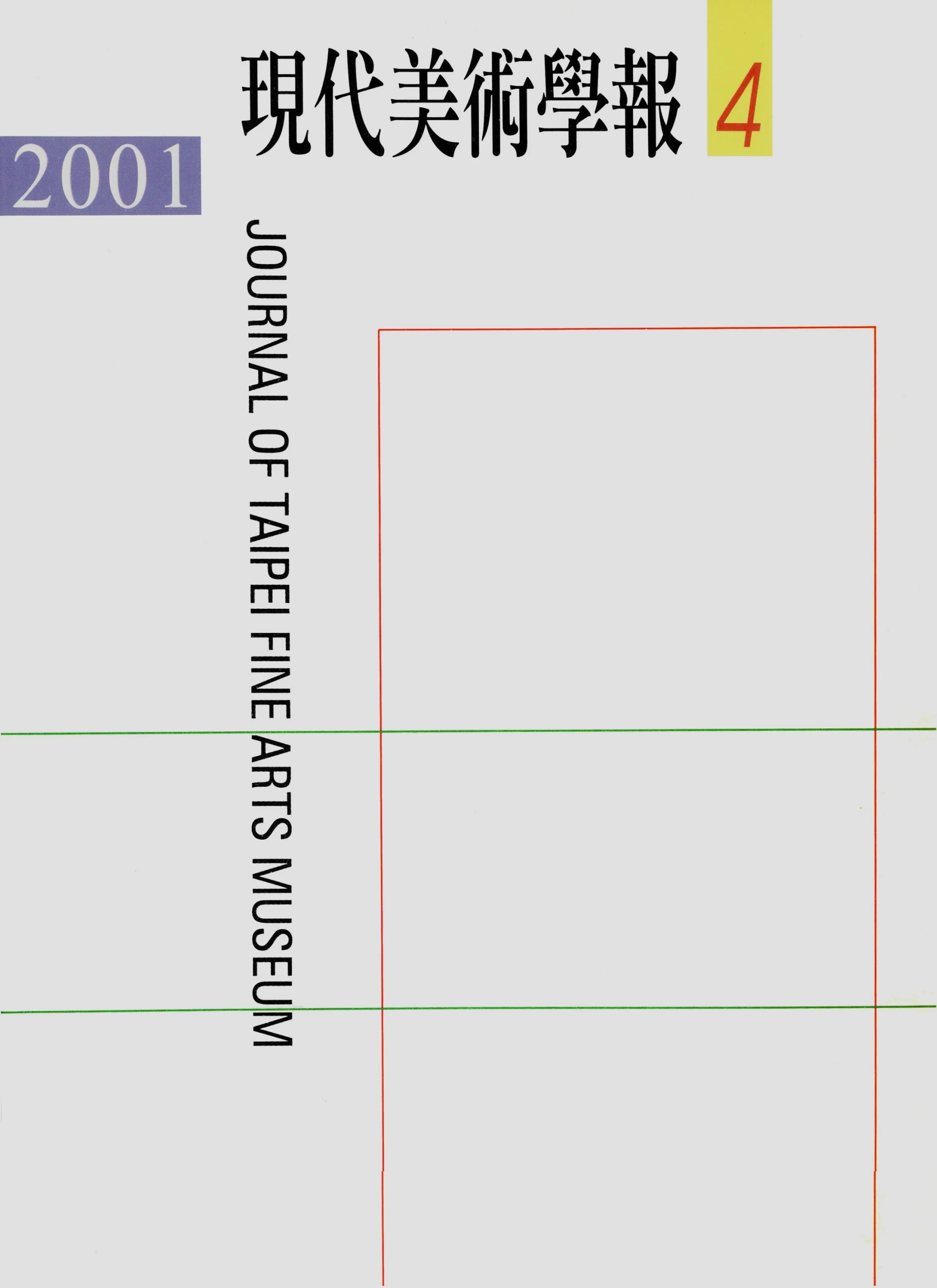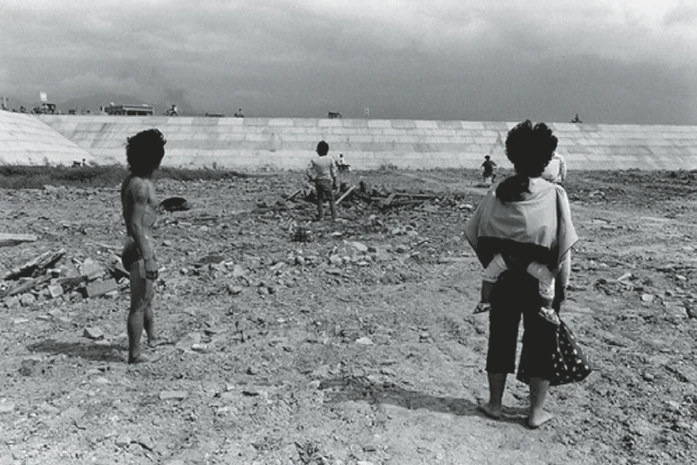摘要
本論文闡述藝術家謝德慶呈現的《一年行為表演(戶外,1981-1982)》如何主動地擾動機構化的現代性國家與社會。有別於其他的一年行為表演,《戶外》作為一件以曼哈頓下城區為主要地點的現地製作表演藝術,謝德慶的臺灣戰後記憶、非法移民身分迴響著當時紐約Fluxus(激浪派)運動對空間再行定義的動能與政治批評。近期藝術史家明確地將謝德慶的作品認定為時延美學(durational aesthetics)。然而,他們忽略了謝德慶在追求自由、活躍的藝術空間時所展現的流動性與游牧;更進一步地說,藝術史家需再行檢視《戶外》作品中隱含的雙重遊牧──從臺灣到紐約,從他自囚的牢籠到大都會的探索之間所伴隨的政治批評與美學意義。
本論文追溯謝德慶的壯遊,並詳細說明移民者如何成為流動的美學與政治位址。《戶外》作為主要的聚焦點,不僅呈現了藝術家從自我禁錮到解放的過程,也展露出他在游牧生活中的不適與脆弱。經過了一年流浪者在紐約市的戶外生活,謝德慶不僅釋放了在臺灣戰後專政治理下,作為國家機器一環被動的身體記憶,且更重要的是將他的行為表演重新框架成一件批判式的現地製作,作為國家慾望下的現代化身體以及他自身藝術實踐的難題之間所發動的逃逸路線。如同之前所提,謝德慶在戶外作品中對於身體與空間的再定義,是一場對臺灣戰後藝術、身分認同以及歷史的重新改造。
關鍵詞
謝德慶、游牧、逃逸路線、德勒茲與瓜塔里、行為表演藝術、去領域化
Abstract
This essay asserts that One Year Performance (Outdoor Piece, 1981-1982) conducted by Taiwanese-American artist, Hsieh Tehching, actively generates a critique towards the modern state and society. As a space-oriented piece, it is set in dialogue with Hsieh's pervious pieces while resonating with his martial law body memories in Taiwan and Fluxus art movement in New York City. Recent art historians have rightly considered Hsieh's works as a durational aesthetic, yet they also overlook the mobility and nomadism that Hsieh carries out in his search for art-fertilization under the restricted atmosphere in postwar Taiwan and his illegal alien status in U.S. In addition, art historians neglect the politic messages that are inherent within his travels from Taiwan to New York and from his self-isolated cage to an exploration of the metropolis.
This essay aims to trace and specify Hsieh's grand voyage, a migrant body as both an aesthetic and political site. Crystallized in the third piece of his One-Year Performance series, Outdoor Piece, this piece sets him in motion from sedentariness to itineracy and mobilizes his vulnerabilities. Through living a nomadic, outdoor life in New York City for a year, Hsieh's reveals his body memories under the dictatorship in postwar Taiwan, reconciled with the state apparatus, and more importantly, reframes his performance to a critical site-specific art. This one-year nomadic life leads Hsieh to a line of flight away from the modernized body desired by the state and the conundrum of his own art practice. In this light, Hsieh's use of body in Outdoor Piece is reformed by postwar art, identity, and history of Taiwan.
Keywords
Hsieh Tehching, Nomadism, Line of Flight, Deleuze and Guattari, performance art, Deterritorialization


